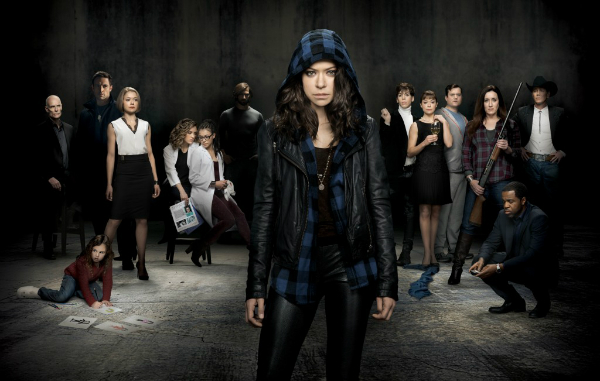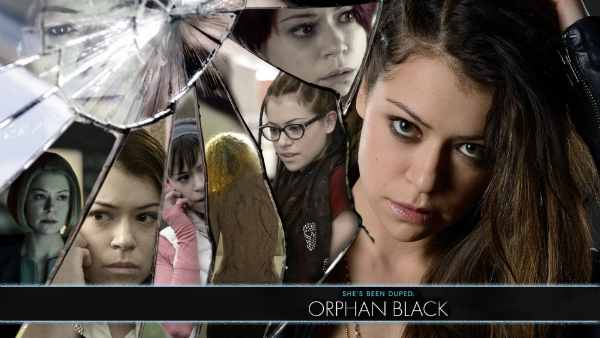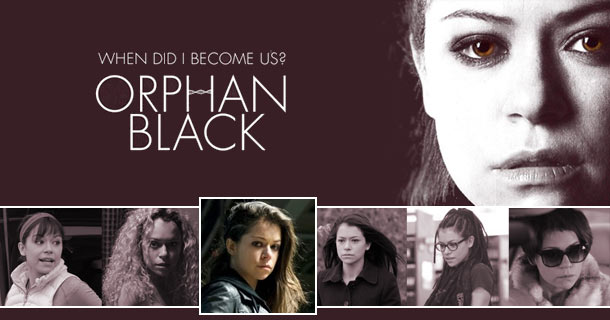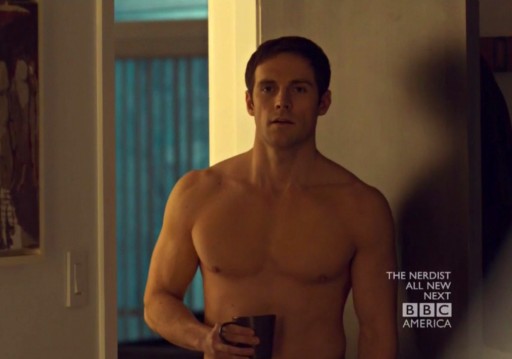
Written by Amanda Rodriguez.
I’m sure it comes as no surprise that I continue to be a fan of Orphan Black into its second season. My review of season one—Orphan Black: It’s All About the Ladies–focuses on the strength and wide range of female characters that the show revolves around (not to mention Tatiana Maslany‘s formidable acting talents as she portrays all of the clones). In season two, the compelling female relationships continue to be integral to the heart of Orphan Black‘s plotlines. In particular, we see a deepening of Cosima’s connection to and lingering distrust of her monitor, Delphine.

We also delve into the dark past of Sarah’s foster mother Mrs. S, full of secrets, violence, and questionable intentions.

We also meet a new and powerful clone, Rachel, who works for the dubious cloning research corporation, Dyad, and who doesn’t seem to feel a kinship with her fellow clones.

We also see more of Sarah coming into her own as a responsible, present parent for her medical miracle daughter, Kira. Though Felix is not a woman, his close relationship with foster sister Sarah and his queerness seem to get him into the inner circle of Clone Club, and it’s always a pleasure to watch scenes where he calls Sarah on her shit, is nurturing to Kira, is hilarious, and remains fabulous the whole time.

What’s shaping up to be the forefront theme in Orphan Black season two is reproductive rights. Of all the clones, Sarah is an anomaly because she was able to give birth to Kira when all her clone counterparts are infertile. The seemingly impossible birth of Kira has the forces of science and religion both vying for access and control over clone bodies. Yes, a pitched battle between science and religion is mounting over the reproductivity of female bodies. Sound familiar? Art imitating life perhaps…

Both the Prometheans (religious nutjobs) and the Dyads (cold, calculating scientists) are deceptive, selfish, and don’t see the clones as autonomous human beings. Our heroines must navigate these treacherous forces that seek to exploit them. Even more remarkable is the way in which the clones fight back by using these forces for their own gains by gathering, stealing, and manipulating resources and information in order to better understand themselves: their origin, DNA, and purpose. From within a system that attempts to abuse and dehumanize them, these woman are making their own way, living by their own rules, and relying on their collective strength to survive. Now that, my friends, is a feminism.
Read also: Orphan Black: It’s All About the Ladies and The Male/Female Gaze on BBC America’s First Season of Orphan Black
Bitch Flicks writer and editor Amanda Rodriguez is an environmental activist living in Asheville, North Carolina. She holds a BA from Antioch College in Yellow Springs, Ohio and an MFA in fiction writing from Queens University in Charlotte, NC. She writes all about food and drinking games on her blog Booze and Baking. Fun fact: while living in Kyoto, Japan, her house was attacked by monkeys.














